Earth spins around once in about 23 hours and 56 minutes. But the clock on your wrist and the time on your phone tell you a day is 24 hours long. So, where do these extra 4 minutes come from? Lets solve this riddle of rotation...
The 2 coin problem
To visualise this problem, let's do a simple experiment. Imagine this: you have two identical coins. Place one coin flat and roll the other one around it, making sure they don't slip against each other. Can you guess how many complete turns the rolling coin makes by the time it returns to where it started?
Approaching it mathematically, the stationary coin has a perimeter of 2πr. This suggests that the rolling coin needs to travel this 2πr distance to come full circle. It might seem straightforward that it could achieve this in just one rotation. Actually, that's incorrect.
The surprising answer is 2. If you look closely, when the rolling coin reaches the halfway point, it has already completed one full rotation. By the time it returns to its starting position, it completes a total of two rotations.
The discrepancy arises because the point of contact is not on a flat surface but rather on a curved one, forming a circle. Even though it might seem like the outer coin is making just a single rotation from the perspective of its contact point, this point of contact is actually moving around a circle.
This creates an additional rotation.
Back to Earth(a nice song too)
For Earth, we measure a day based on distant stars. Because these stars are so far away, local changes within our solar system don't really affect their position in the sky. When a specific star appears in the same place as it did 24 hours earlier, we say Earth has completed one full rotation. This is what we call a Sidereal day(86164 seconds or 23 hr 56 min 4.0905 s).
However, what really influences our daily lives is the position of the Sun, not distant stars. Our routines—when to wake up, go to work, or sleep—are tied to the Sun's location in the sky. This leads us to define a Solar Day: the time it takes for Earth to rotate so that the Sun appears in the same position in the sky again.
This duration isn't constant, as Earth's distance from the Sun and its orbital speed change throughout the year. To deal with this variability, we use the concept of a Mean Solar Day(24 hrs and 0.002 seconds extra), which is essentially an average of these solar days.
To estimate the difference between a solar day and a sidereal day, consider this: Earth completes its orbit around the Sun in approximately 365 days. This means it moves about 1/365th of its orbit in one day.
To face the Sun again, Earth needs to rotate a little more than a full turn, essentially covering an extra 1/365 of a circle. This additional rotation translates to roughly (86164 seconds/365), or about 236 seconds. So, a solar day is approximately 236 seconds longer than a sidereal day.
Despite Earth completing a rotation in 4 minutes less than a full 24-hour day, we need those extra 236 seconds to catch up with the Sun. This adjustment ensures that the Sun appears in the same position in the sky at the same time each day, aligning with our daily schedules.
In a year, there's one more sidereal day than solar days. Why? It's like our coin experiment.
Talking about the Moon
The Moon orbits Earth in approximately 27.3 days. However, when we consider the Moon's phases, such as the time between two full moons, the Sun's position is crucial.
After 27.3 days, Earth has moved along its orbit around the Sun, meaning the Moon needs additional time to align Sun, Earth, and Moon perfectly for a full moon.
This additional distance the Moon must travel is about 7.5% of its orbit (27.3/365 days). Therefore, it takes the Moon about 27.3 days plus an extra 7.5%, totaling around 29.5 days, to return to the same phase, like from full moon to full moon.
This doesn't stop here. The Moon's Sidereal rotation period—the time it takes to complete one rotation around its axis—is also 27.3 days!!
This sync means that as the Moon orbits Earth, it rotates once on its axis at the same rate. Because of this, the Moon always shows the same side to Earth. Unless something changes, the far side of the Moon, often mistakenly called the "dark side" remains hidden from direct view by anyone on Earth.
What about other planets?
Look at the table showing days in terms of Earth's 24-hour cycle. Venus stands out because its day, based on its own spin, is longer than its day compared to the sun. Why is that?
This unusual feature is due to Venus's rotation direction, which is opposite to its orbit around the Sun—a phenomenon known as retrograde rotation. While most planets rotate in the same direction they orbit, Venus rotates clockwise when viewed from above its North Pole, opposite to its counterclockwise orbital path. This retrograde rotation shortens the Solar day relative to the Sidereal day, making the Sun rise in the west and set in the east on Venus, opposite to what we experience on Earth.
Until next time..
So, the next time you glance at your watch or wait for the sunrise, remember: there's a whole bunch of movements and mechanisms at play, ensuring that time ticks on, day by day, in a harmony that keeps our world and many others spinning. Isn't it fascinating to think that something as ordinary as checking the time or marveling at the Moon is a result of simple rotation.


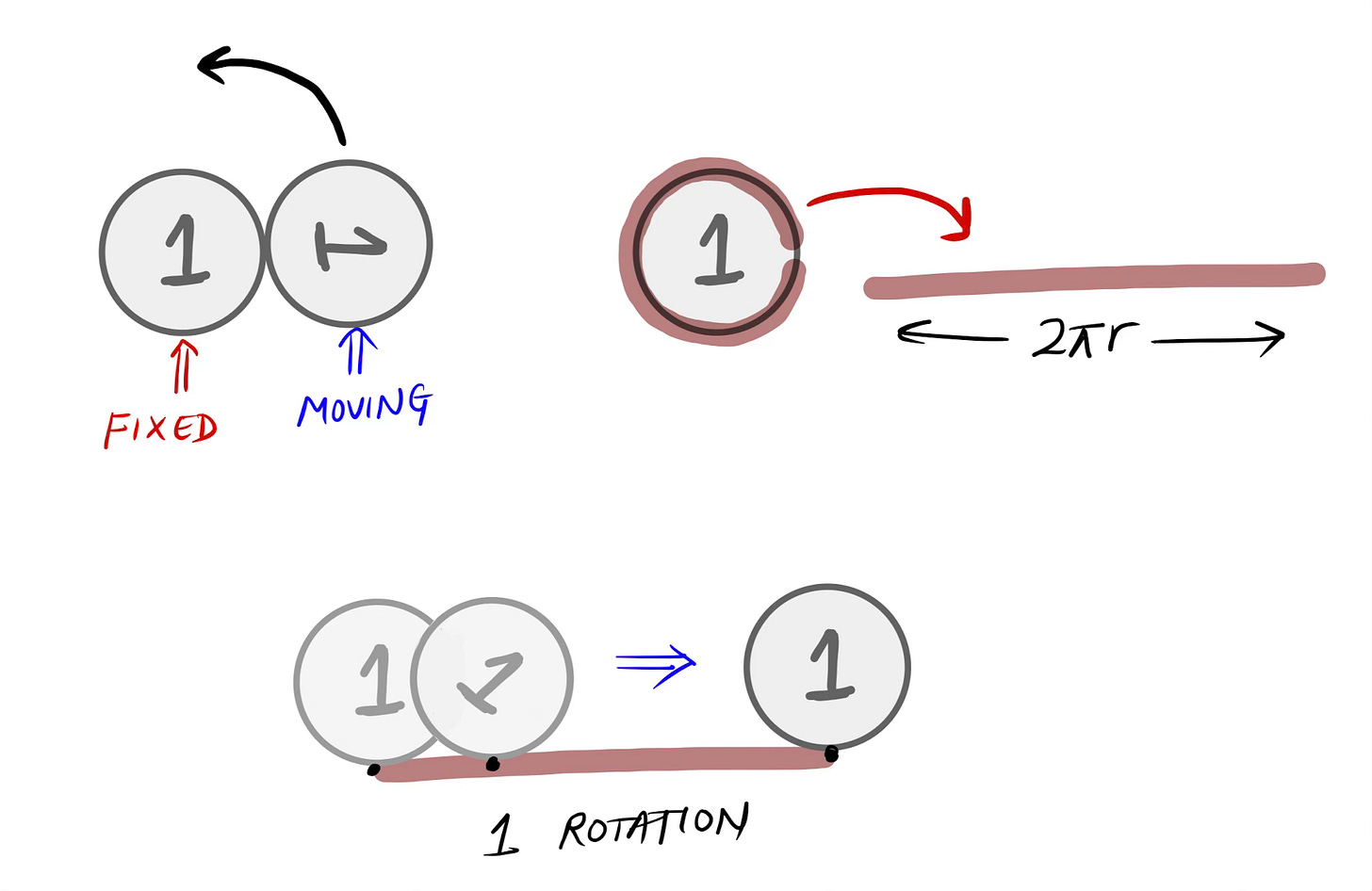
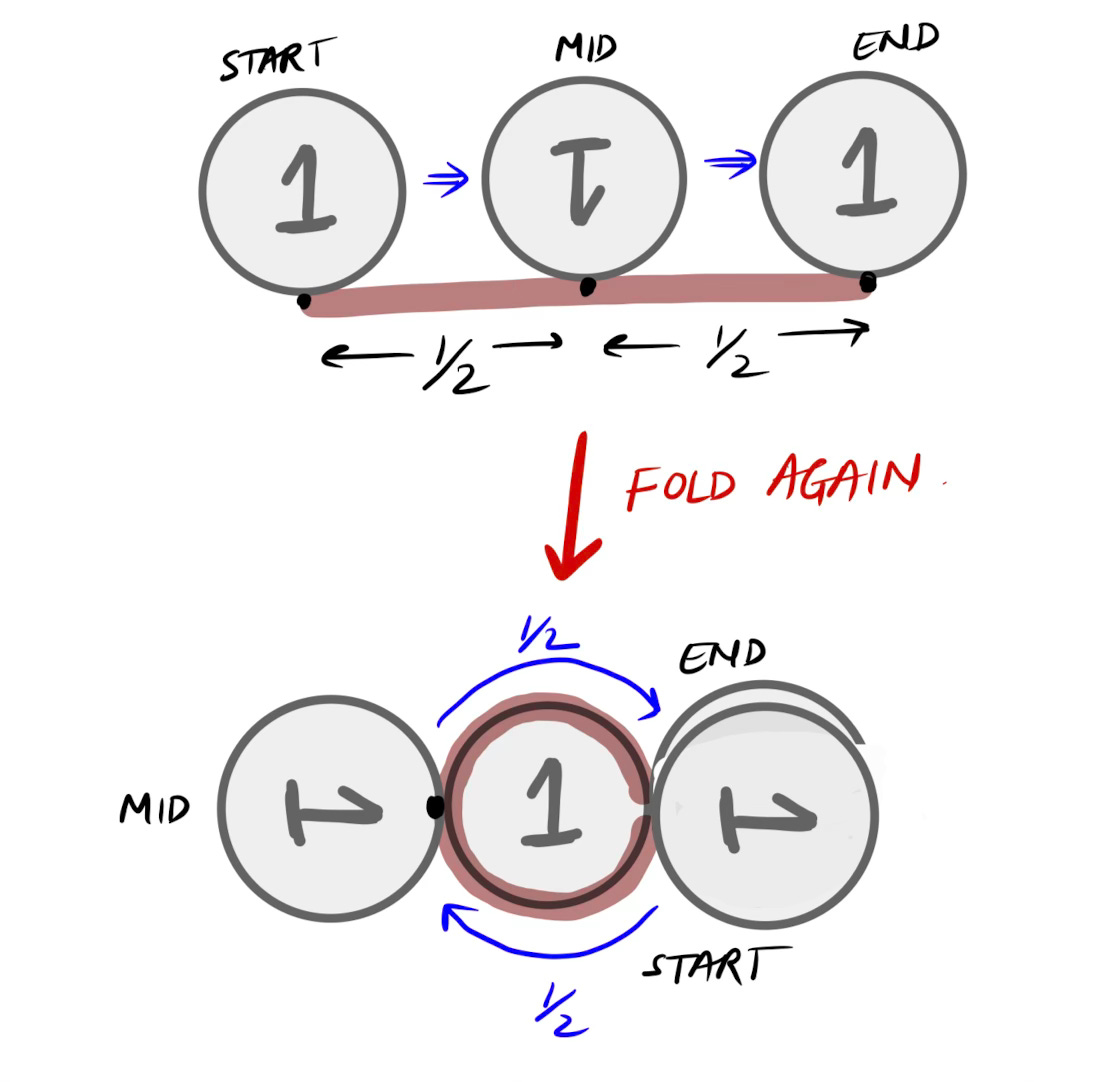
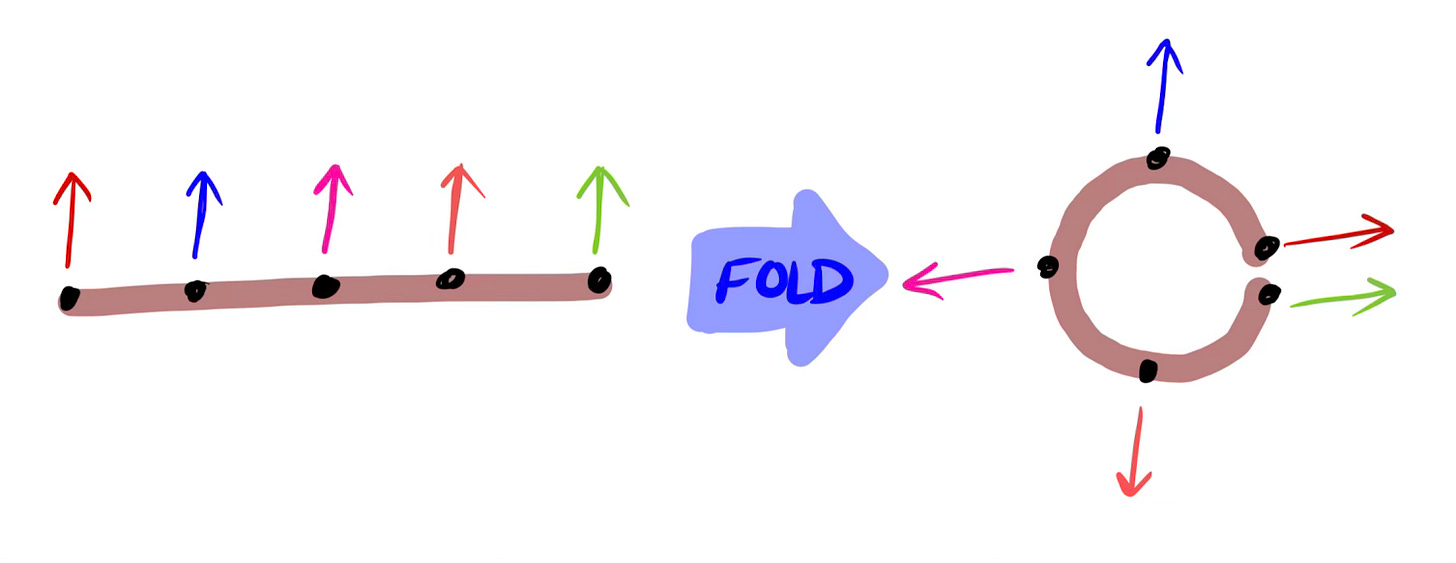
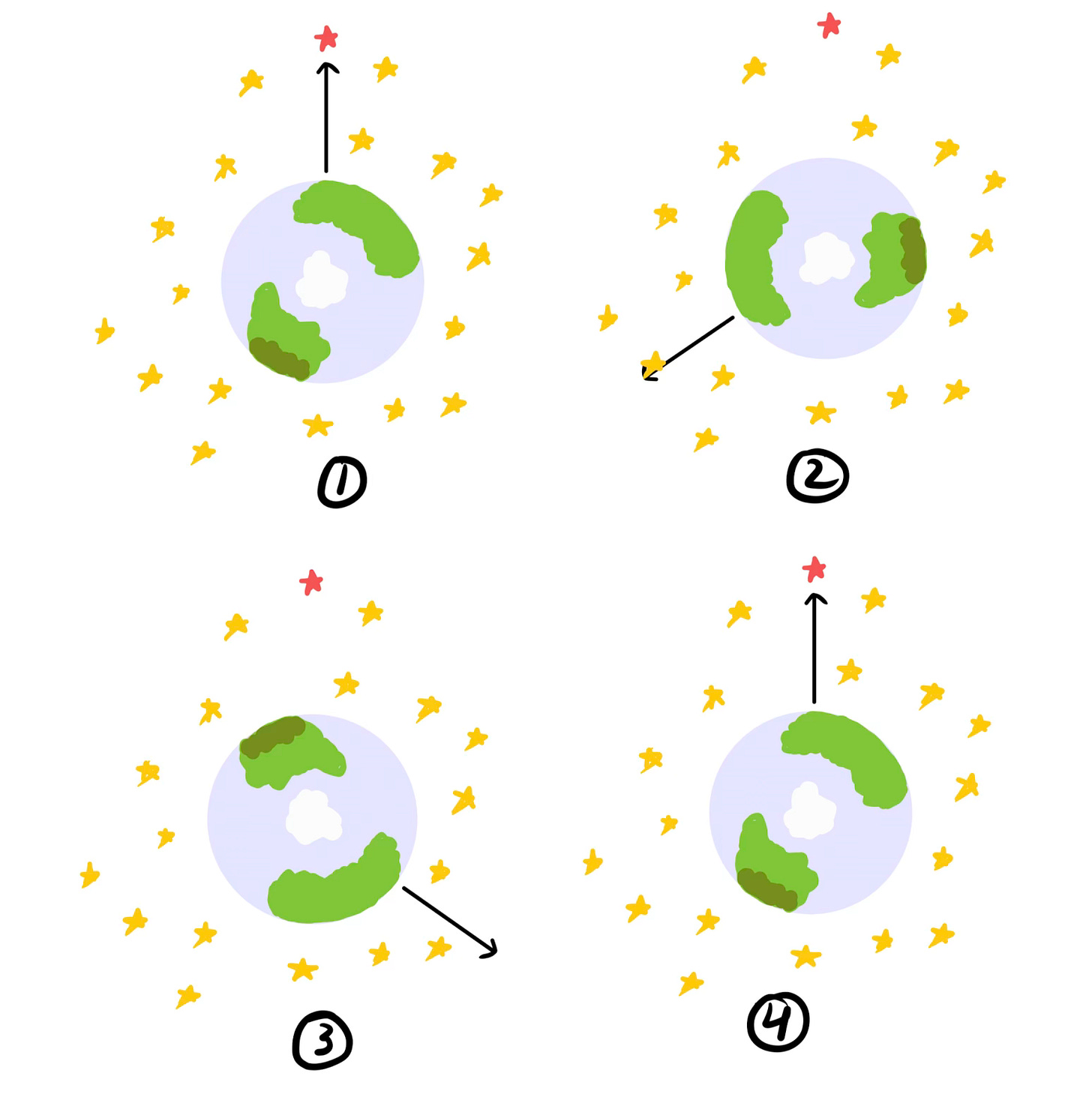
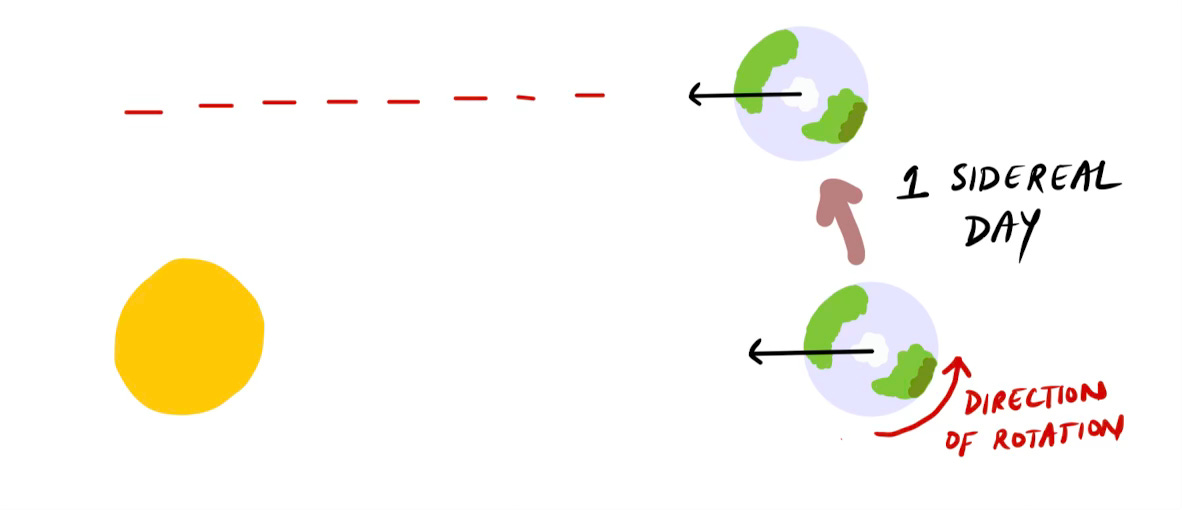
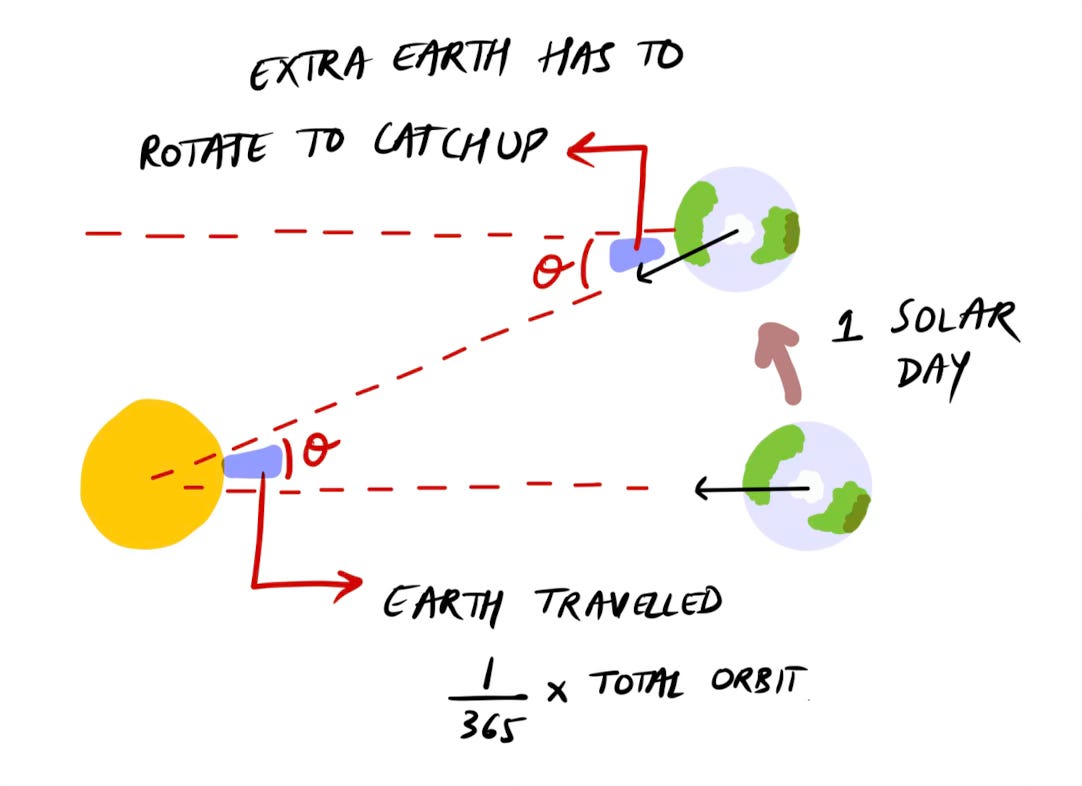
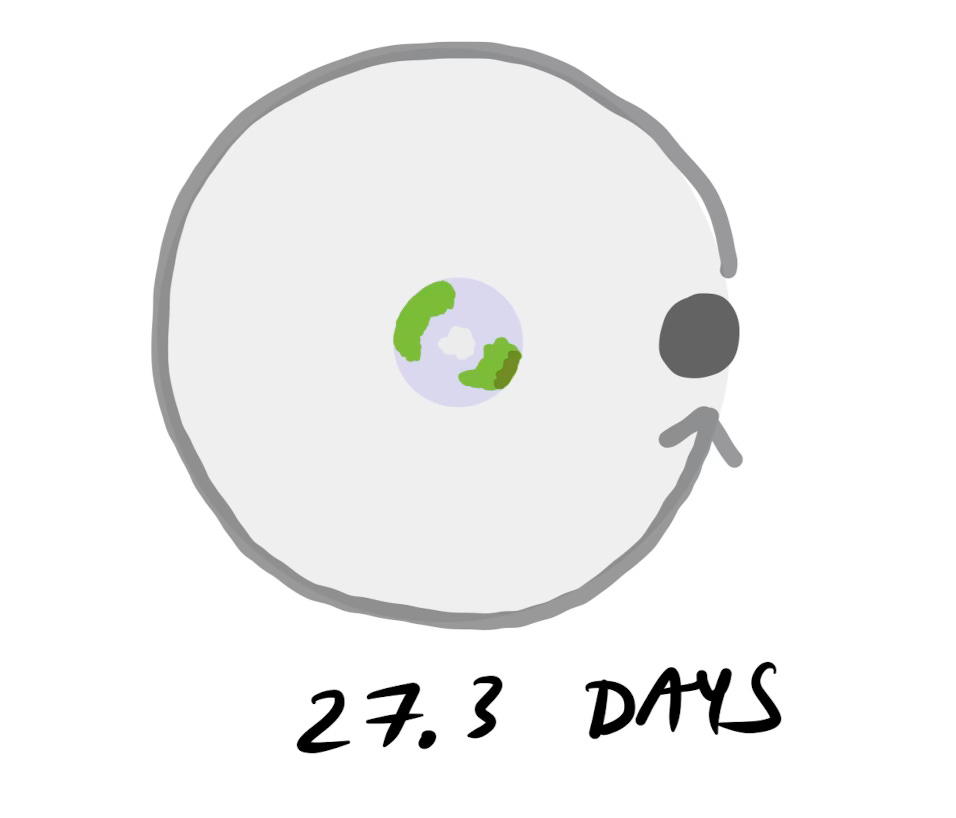

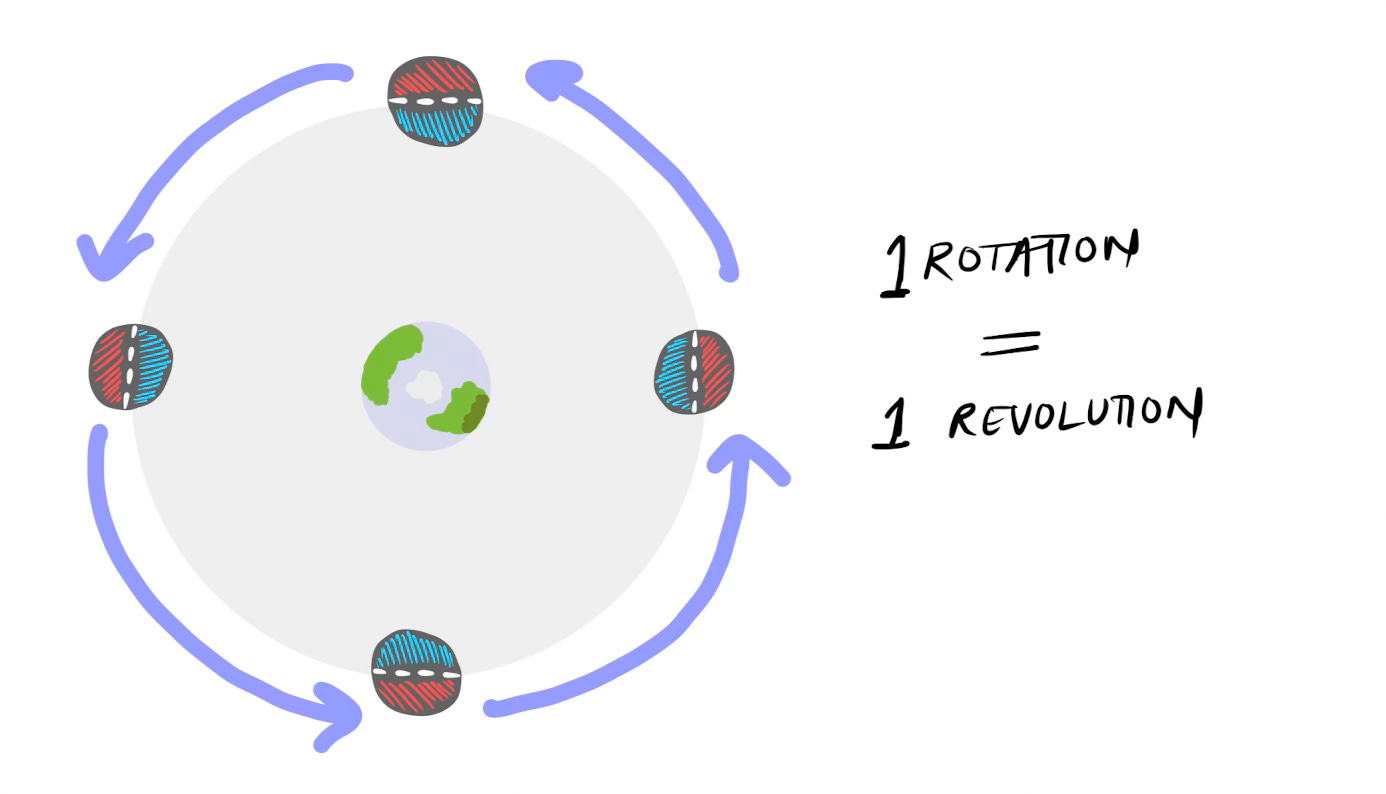
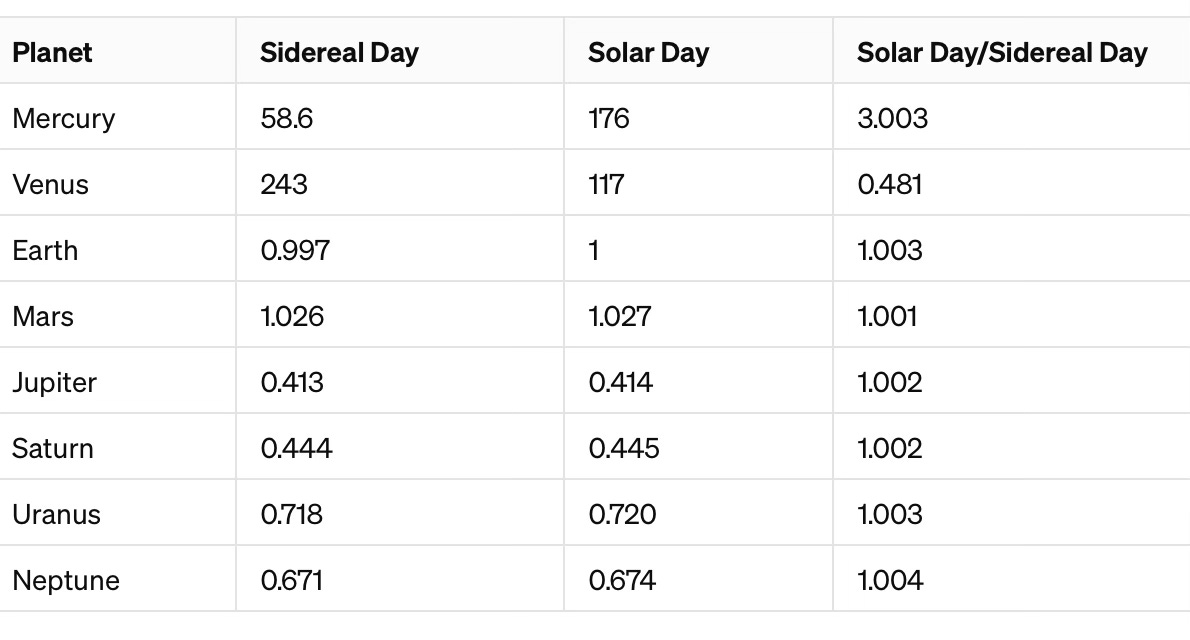

Amazing article!! I like the way you explained it in step by step starting from basics, and connecting the dots later, excellent stuff!
Whoa! Fascinating and super-detailed, Aditya.
Thanks for such a thorough explanation. Round and round we go!